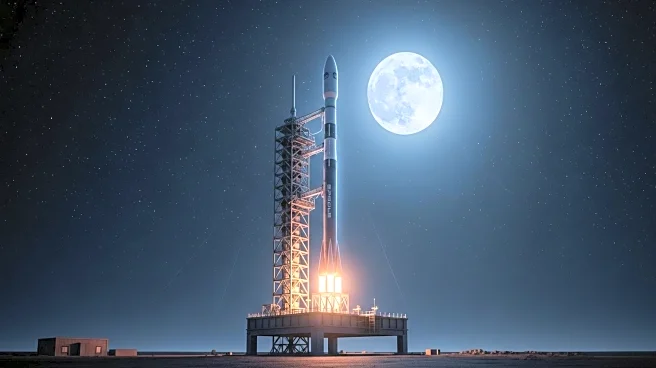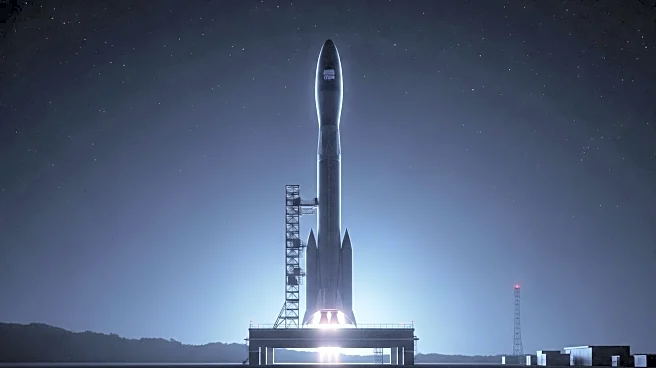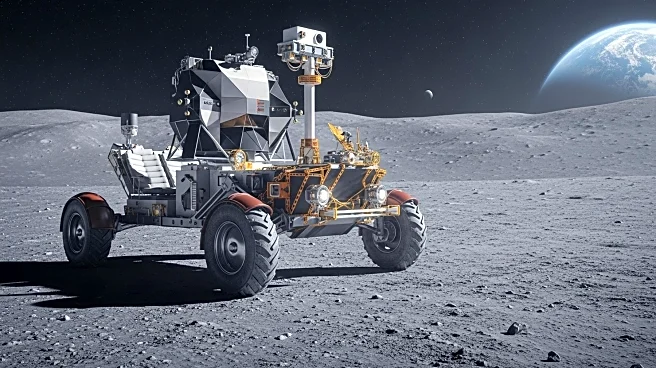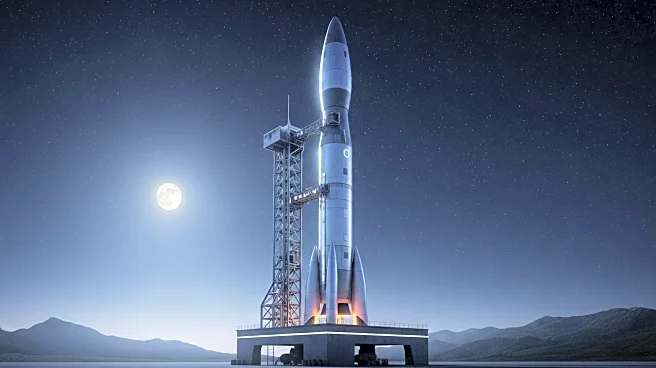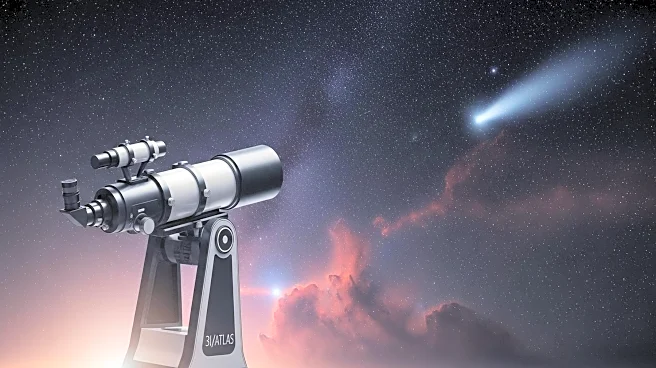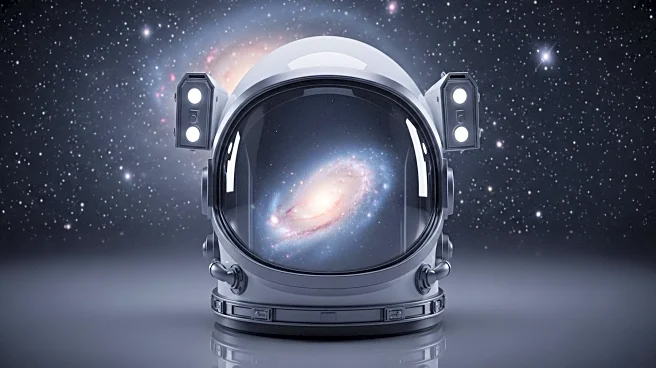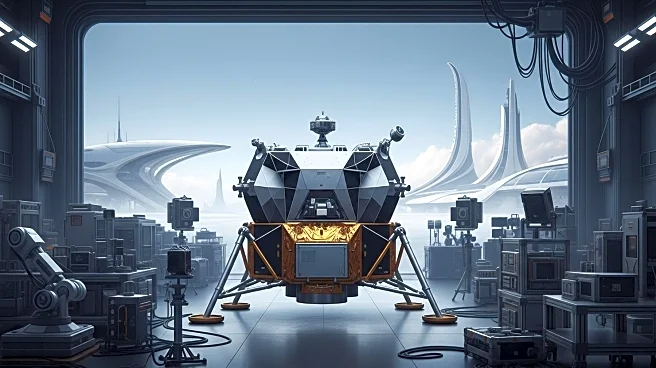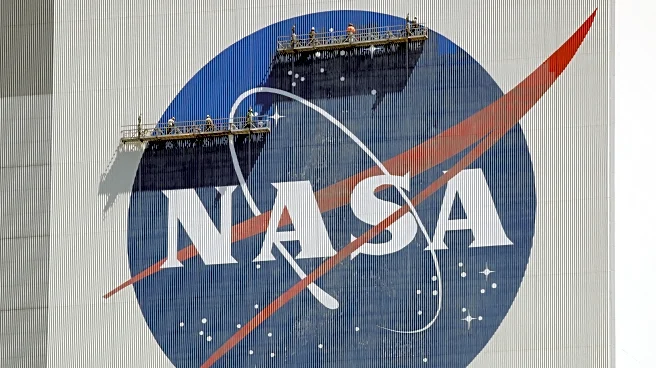What's Happening?
The space industry is witnessing a surge in activity with several key developments. SpaceX conducted a successful static fire test of its Starship upper stage, preparing for its 11th test flight. NASA announced the Artemis II mission, the first crewed lunar flyby since Apollo, is set for April 2026. Virgin Galactic unveiled a suborbital research flight, 'Purdue 1,' blending space tourism with science education. Additionally, the Hubble telescope observed a white dwarf star consuming a Pluto-like planet, and Russia's biosatellite returned from orbit with biological specimens.
Why It's Important?
These developments mark significant advancements in space exploration and technology. SpaceX's Starship tests are crucial for future Mars missions and NASA's lunar landing plans. The Artemis II mission represents a milestone in human spaceflight, reigniting interest in lunar exploration. Virgin Galactic's initiative highlights the growing intersection of commercial spaceflight and scientific research. The Hubble findings provide insights into planetary system evolution, while Russia's biosatellite mission contributes to understanding microgravity's effects on living organisms.
What's Next?
SpaceX's Starship is expected to launch soon, pending regulatory approval. NASA's Artemis II mission will undergo final tests before its scheduled launch. Virgin Galactic's 'Purdue 1' flight is set for 2027, with preparations underway. Scientists plan to use the James Webb Space Telescope to further study the white dwarf star's consumption of a planetary remnant. Russia's biosatellite specimens will undergo detailed analysis to assess microgravity's impact on biological systems.

